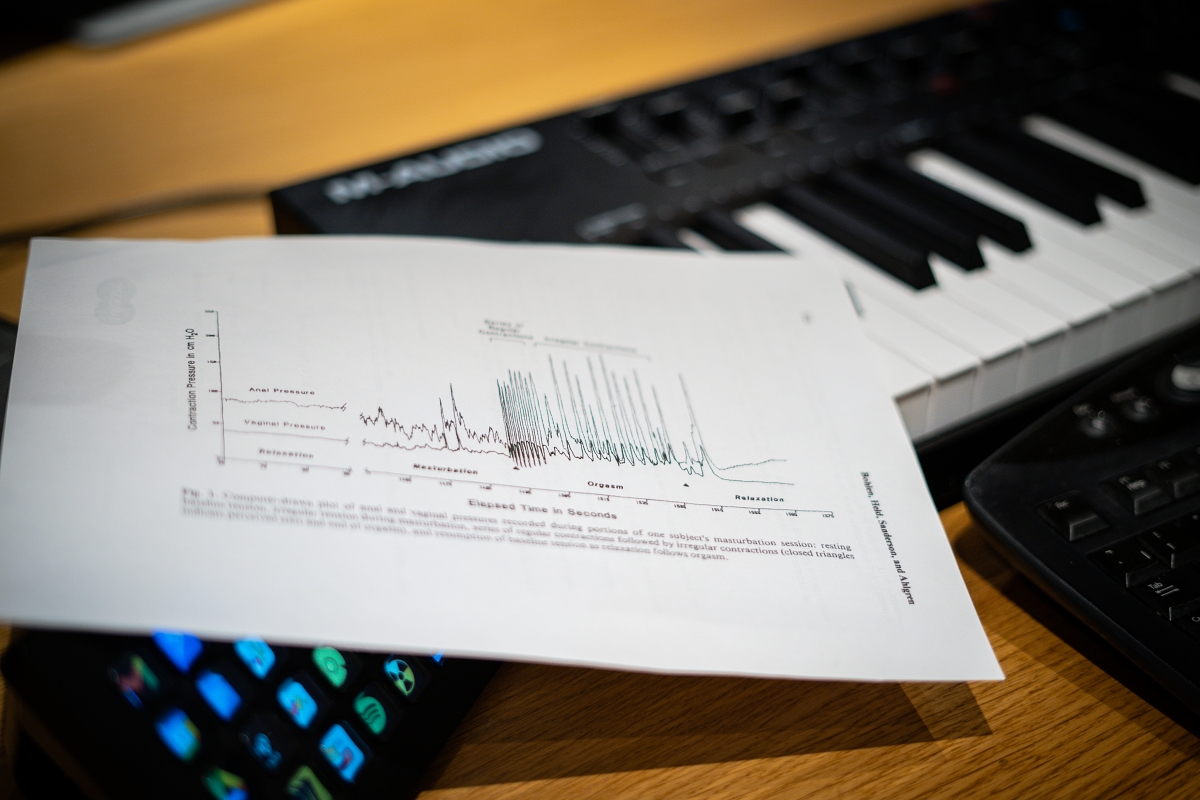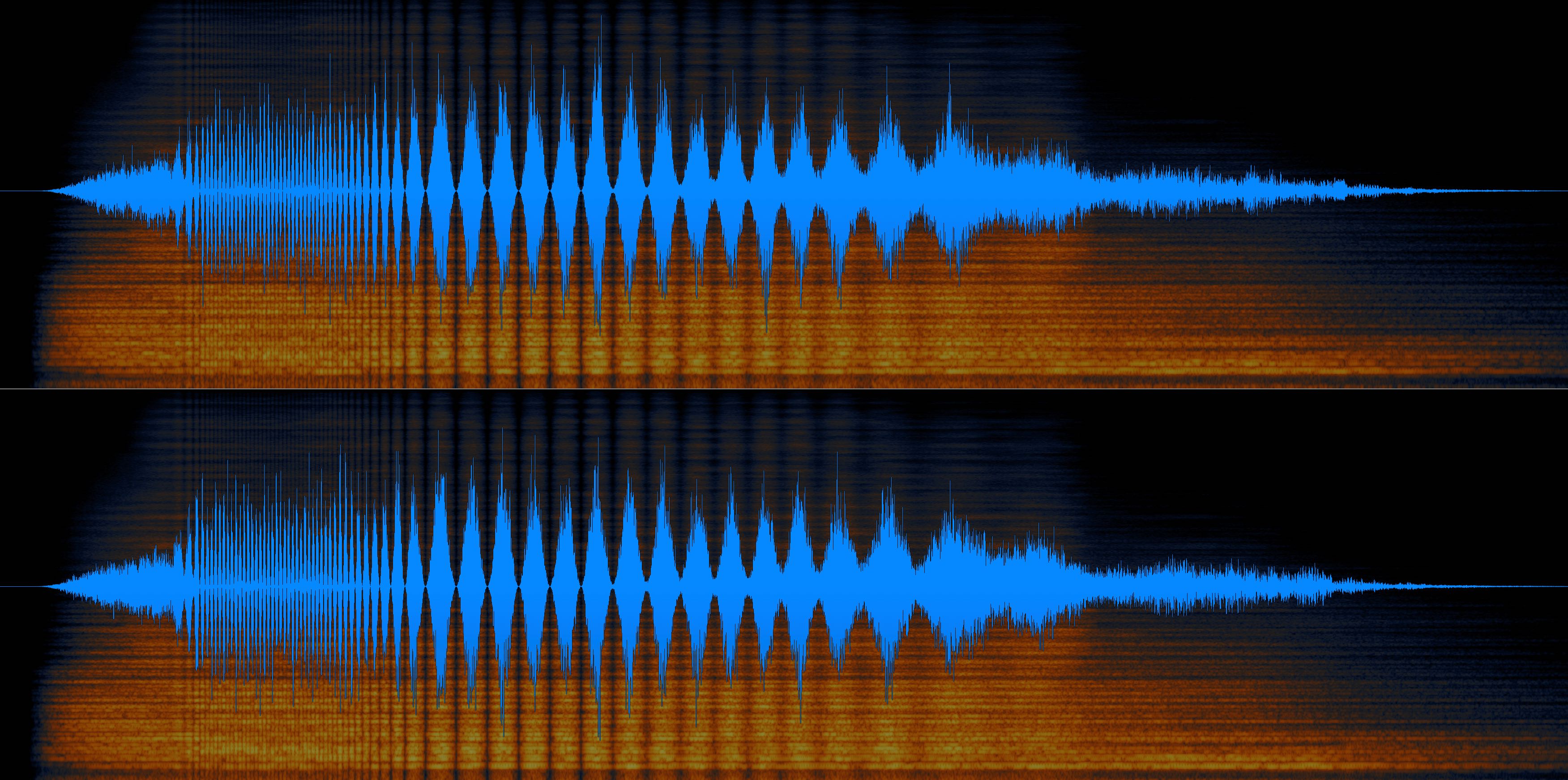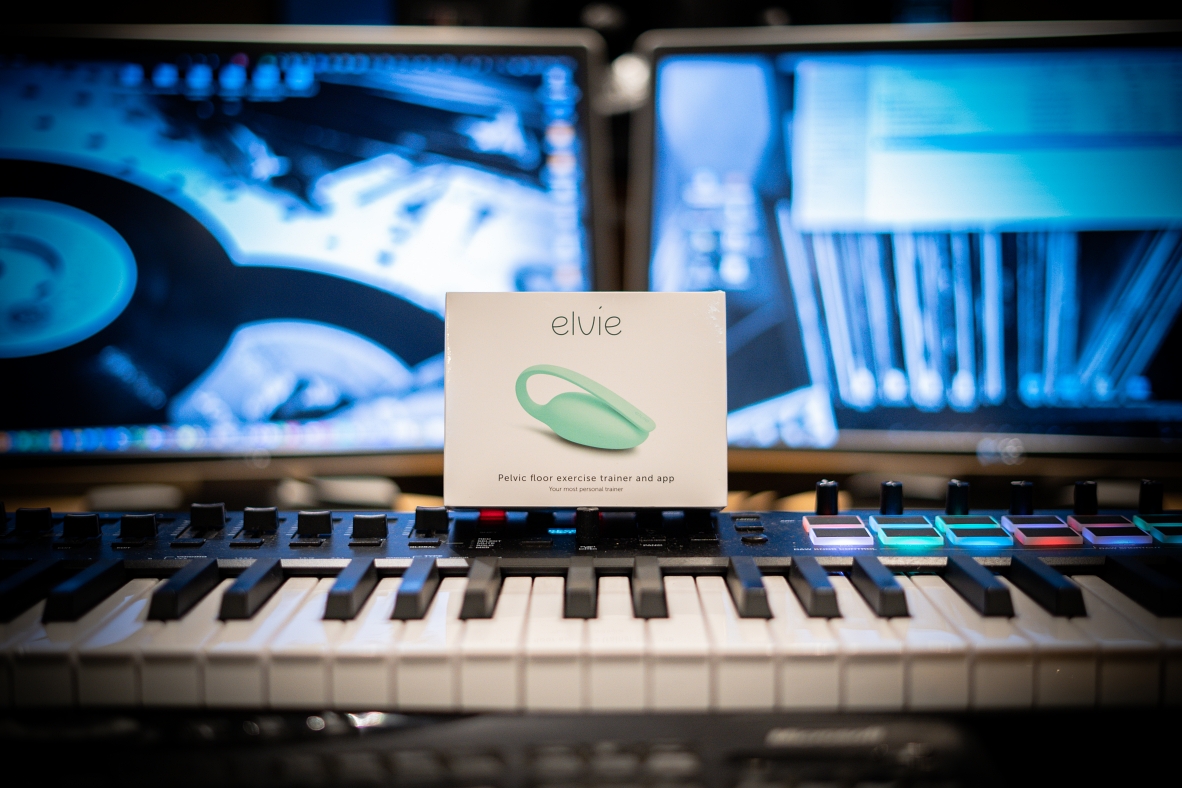What’s the pelvic floor muscle? And more importantly, what the f**k does it sound like?
When we were approached to imagine through sound and music what the female pelvic floor muscle is doing during childbirth, menstruation and orgasm, suffice to say it was the kind of brief that piqued our interest.
In an attempt to increase awareness of the pelvic floor and its many functions, women’s health and technology brand Elvie and their creative agency Don't Cry Wolf commissioned us with an innovative brief to create a pelvic floor playlist.
Collaborating with singer-songwriter Jazz Morley and using a combination of research data and anecdotal insights from the medical professionals, we've created three distinct pieces that delineate what this misunderstood but pivotal muscle does.
It comes as research by Elvie found that nearly a third of women in the UK have little to no knowledge about their pelvic floor, and almost half say they wouldn’t do anything about it if they experienced issues with their pelvic floor.
We wanted the music and sound to really detail the changes in the pelvic floor over the time frames of each piece - 28 days for menstruation, nine months for pregnancy and around 40 seconds for orgasm.
Whilst recognising that each woman’s individual relationship with these three events is entirely personal, we really wanted the listener to be able to easily identify the story being sonically told, recognise themselves and connect with the music

Converting 28 days, nine months and 40 seconds into the three respective 45 second track lengths we were required to produce gave us a basic framework we could turn into bars and beats for each composition. For example
Working closely with Don’t Cry Wolf Head of campaigns, Harriet Courage, Jazz and I agreed that the music be non-lyrical and lean on elements of sound design to embellish the soundscapes.
For example, we used a novel technique using rubbing sticks dragged slowly across a floor tom drum to produce a moaning, aching kind of sound, that was both heavy and strained - perfect for moments during the menstrual cycle when the pelvic floor is under duress.

For the orgasm track, we were provided with a graph which as a sound designer provided me with a clear roadmap to accurately recreate with sound. I could instantly see how we could recreate the graphical data as a waveform - our choice was how to interpret the variation in the graph as sound modulation. We could modulate the amplitude (volume) kind of like a tremolo, or modulate the pitch (vibrato) or any other number of parameters. In the end I designed a sound that was both euphoric, open and lent itself to being automated to identically match the scientific data, whilst of course all the time having a really clear emotional feeling of orgasm.

The above waveform image shows how closely we recreated the data in sound.
I had Jazz perform some vocal improvisations in key and then took those performances and built a sampled synth out of the phrases. Using random modulation, each time a key is pressed, it triggers a different part of the original vocal performance in a different octave, which worked wonderfully for the opening section, where the sensation was intended to be erratic, growing in intensity and yet joyful. All of course whilst feeling deeply feminine throughout.

The pregnancy track, was built almost entirely from a single bass guitar performance. Jazz and I started with the idea of a descending pattern that got lower and heavier - to depict the heaviness of the pelvic floor as the mother moves through trimesters. However, this felt too literal and so we decided to run the performance through my guitar pedal playground - reperforming the original recording on the fly through turning various effects on and off. Bit crushing and distortion were added to represent the degradation of the pelvic floor after about and granular synthesis, filtering and pitch shifted micro delays applied to create both heavy laboured sounds as well as higher pure pads - all from one 30 second bass performance.

The playlist was launched on June 12th and has already garnered national press coverage from the likes of Metro, Heart FM and Time.








-list_image.jpg)

